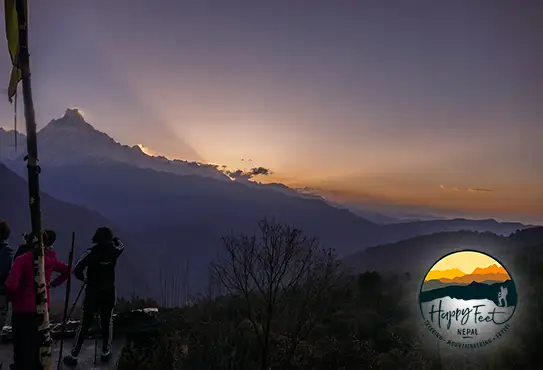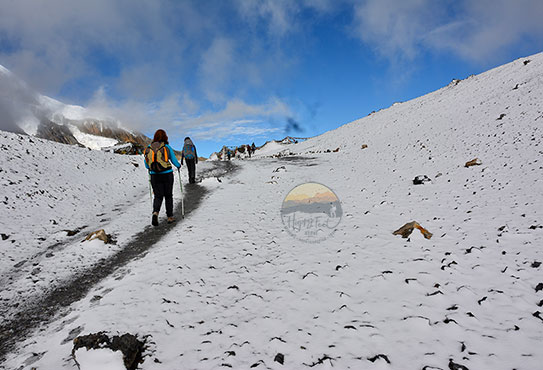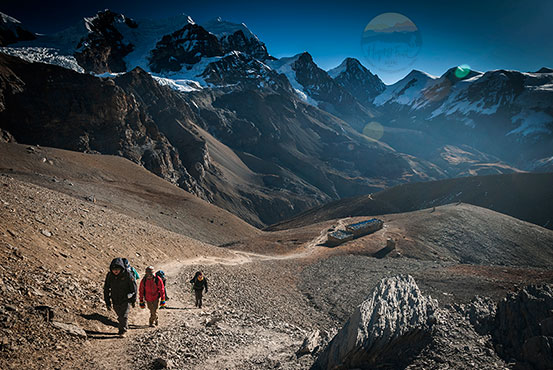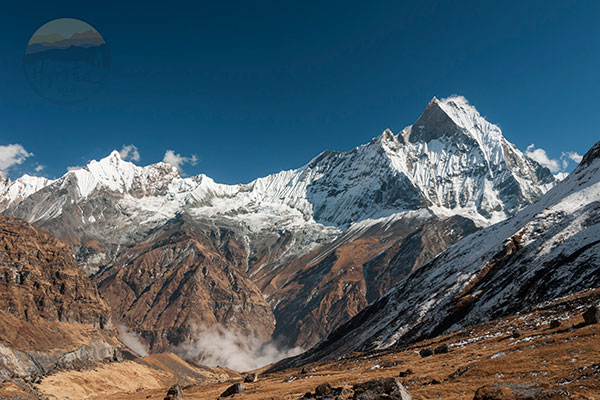-
Sunday - Friday: 9 AM - 4 PM
The Annapurna Region, or the Annapurna Himalaya, is the most diverse and popular trekking area. Around the Annapurna Himalaya Massif, between Dhaulagiri and Manaslu mountain range is a mass of great mountains including Annapurna I, II, III, IV, Lamjung Himal, Mount Fishtail, Nilgiri Mountains, Tilicho, Gangapurna, and Rock Noir, amongst several others. The walk leads you beneath the towering peaks of Mt. Annapurna and its massive ranges, listed as the world’s tenth-highest mountain at 8,091m. Annapurna I is the first 8,000m mountain ever climbed 1950 by French mountaineer Maurice Herzog, even before Mt. Everest was conquered by Tenzing Norgay Sherpa and Sir Edmund Hillary in 1953.
Around the Annapurna Himalaya Trek is the most beautiful and scenic tour, suitable for all outdoor activities, from short moderate walks of less than one week or more to three weeks of trek or mountaineering requiring several weeks. The Around the Annapurna Himalaya Trek is suitable for all travellers and age groups to enjoy fabulous views of dramatic landscapes and mountains. Around the Annapurna Himalaya or its surroundings, offer different experiences on everyday walks in the comfort of friendly, cosy local mountain lodges. Or take a tented camping trek and use the maximum liberty in the pristine mountain valleys, away from the sight and sound of other travellers.
Besides a fantastic panorama of mountains, the Around the Annapurna Himalaya trekking provides insight into traditional life and exciting culture, combining a heart singing walking into the deep green alpine valleys filled with rhododendron (the national flower of Nepal) and pine forests. The mid-hills of Annapurna or the entire Nepal blooms in the spring with its multi orchids, including rhododendrons and magnolia!
The spring and fall are always the best times to trek to the Annapurna region. However, the fall/autumn season, from October to November, is undoubtedly the best time to visit Nepal. The weather remains crystal clear, and the landscapes offer breathtaking views of the Himalayas. However, it is colder at high altitudes during both seasons.
Theoretically, spring is the second-best season, but for many, it is the first-best season. Spring is more interesting as the rhododendrons and wildflowers blossom in the mid-hill region of Nepal. The parts above Syange to Pisang and Jomsom to Ghorepani are prime areas to sight rhododendrons, combining an Annapurna Full Circuit Trek. However, spring is also the time for the build-up of monsoons and clouds, and one may encounter occasional rain in the lower valleys and hail at high altitudes.
Summer, monsoon time for Nepal, is also a beautiful time to visit the high dry land, such as Manang, Tilicho, Muktinath, and Kalopani. The monsoon rain feeds the highland hills, turning the meadows into lush green valleys. In summer, the high plateau gets carpeted with yellow and multi-coloured flowers and beautiful streams, and medicinal plants feed the Yak and Sheep grazing in the region.
In the Manang and Muktinath regions, the winter temperature may drop to -15 degrees from sunset to sunrise, especially January- February. The daytime temperature remains 0 to 18 degrees. The local people of all villages live there year-round.



